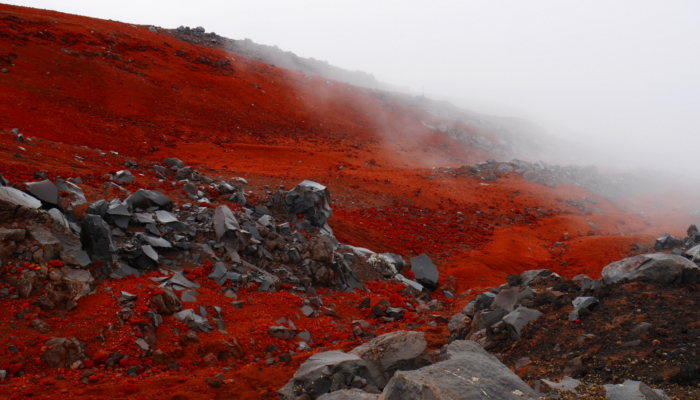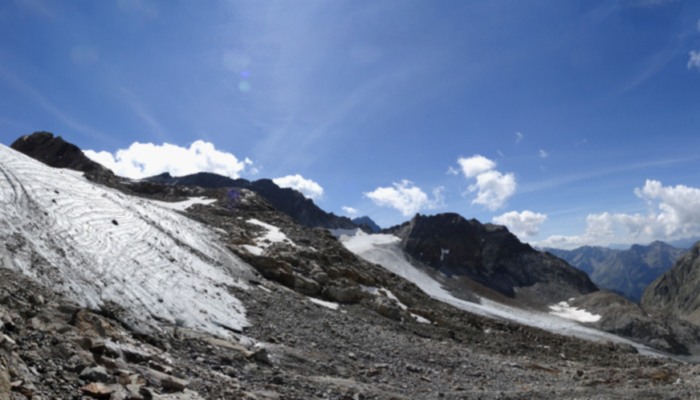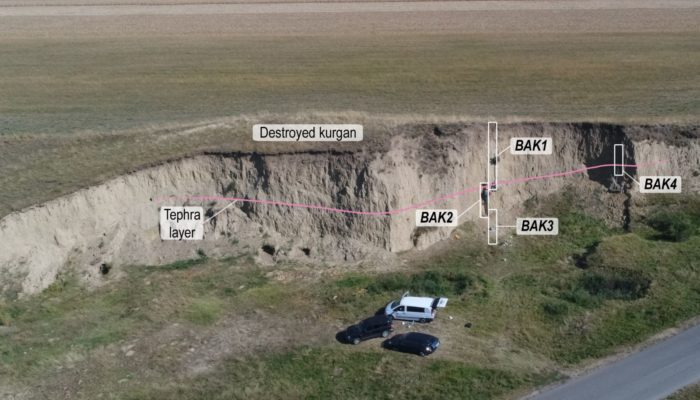We are so excited for your images to show us other ways of seeing our wonderful planet in the EGU 2021 Photo Competition, just like Julia Miloczki did with this stunning image ‘Glimpse of a foreign planet‘ one of last year’s winners. Remember your image can be of anything, even a gif or a video, and can have been captured at any time – not just in the last year. You only ha ...[Read More]
If you didn't find what you was looking for try searching again.
Cryospheric Sciences
Climate Change and Cryosphere – What can we learn from the smallest, most vulnerable glaciers in the Ötztal Alps?
The Alps were the first mountains to be studied from a glaciological point of view in the 19th century and they host some of the most studied glaciers of Earth. Some of them are found in the Central Alps and in particular, the Ötztal Alps. Just to cite the most known and largest glaciers in this Alpine sector, we can mention Hintereisferner or Vernagtferner. But in the Ötztal Alps you can also fin ...[Read More]
Climate: Past, Present & Future
New metric to interpret linear trends from short time series: Trend to variability ratio (TVR)
Availability of good quality data is essential to deduce meaningful information in all disciplines of science and technology. This statement is especially relevant in climate research, which is under constant scrutiny from sceptics. In order to better understand the Earth system response to the ongoing anthropogenic global warming, we require global observations of climate indicators at ver ...[Read More]
Solar-Terrestrial Sciences
Tips on engaging outside of your echo chamber
In my previous blog, I highlighted that public engagement needs to go beyond traditional approaches such as lectures, since these tend to only attract audiences who are already highly interested in science. However, our science is relevant to (and funded by) everyone, so we have a duty to engage beyond simply this “scientific echo chamber”. But how do you even approach attempting this? It seems li ...[Read More]
Stratigraphy, Sedimentology and Palaeontology
What’s my age again? Comparing dating methods in loess
As you have learned from our previous posts, loess is a widespread terrestrial sediment, known to be an important archive for the changes of past environmental and climatic conditions. In order to use loess as a proxy, we first need to investigate the age of the sediments. In loess, different dating methods can be used, such as luminescence dating, radiocarbon dating, magnetic stratigraphy, and or ...[Read More]
Climate: Past, Present & Future
What’s my age again? Comparing dating methods in loess
As you have learned from our previous posts, loess is a widespread terrestrial sediment, known to be an important archive for the changes of past environmental and climatic conditions. In order to use loess as a proxy, we first need to investigate the age of the sediments. In loess, different dating methods can be used, such as luminescence dating, radiocarbon dating, magnetic stratigraphy, and or ...[Read More]
GeoLog
Imaggeo On Monday: Transit of Venus over the Sun
The object of this photo is the transit of planet Venus in front of the Sun which took place on June 6th 2012 and was the last event of this kind until 2117! This is a very rare event with respect to a human life span and the transit always happens in pairs, 8 years apart, with a repeatability of more than two centuries. The picture was captured on the shore of the Black Sea, in Vama Veche, Romani ...[Read More]
GeoLog
Winners of the EGU Best Blog Posts of 2020 Competition
2020 was a brilliant year for our blogging network here at EGU. Across the EGU’s official blog, GeoLog, as well as the network and division blogs there were so many interesting, educational and just downright entertaining posts this year it was hard to get the blog editors to choose their favourites! Nevertheless at the beginning of January, to celebrate the excellent display of science writing ac ...[Read More]
Geodynamics
Thermodynamics and Geodynamics: The perfect couple?
In preparation for Valentines day, Bob Myhill explores the potential for close partnership (and even love?) between the geodynamics and thermodynamics communities. Much of Earth and planetary science relies in some way on thermodynamics. This is not a surprise; the elegance1 of its premises makes thermodynamics a robust starting point for many investigations, and the number of thermodynamic applic ...[Read More]
Tectonics and Structural Geology
Features from the Field: Shear Zones and Mylonites
The San Andreas Fault in California, the Alpine Fault in New Zealand, or the Main Frontal Thrust in the Himalayas are some of the most famous and largest fault zones that accommodate the relative displacement between two adjacent crustal blocks. Such faults, however, represent only the shallower expression of something much bigger: a crustal shear zone. In the first 10 kilometers or so of the crus ...[Read More]









